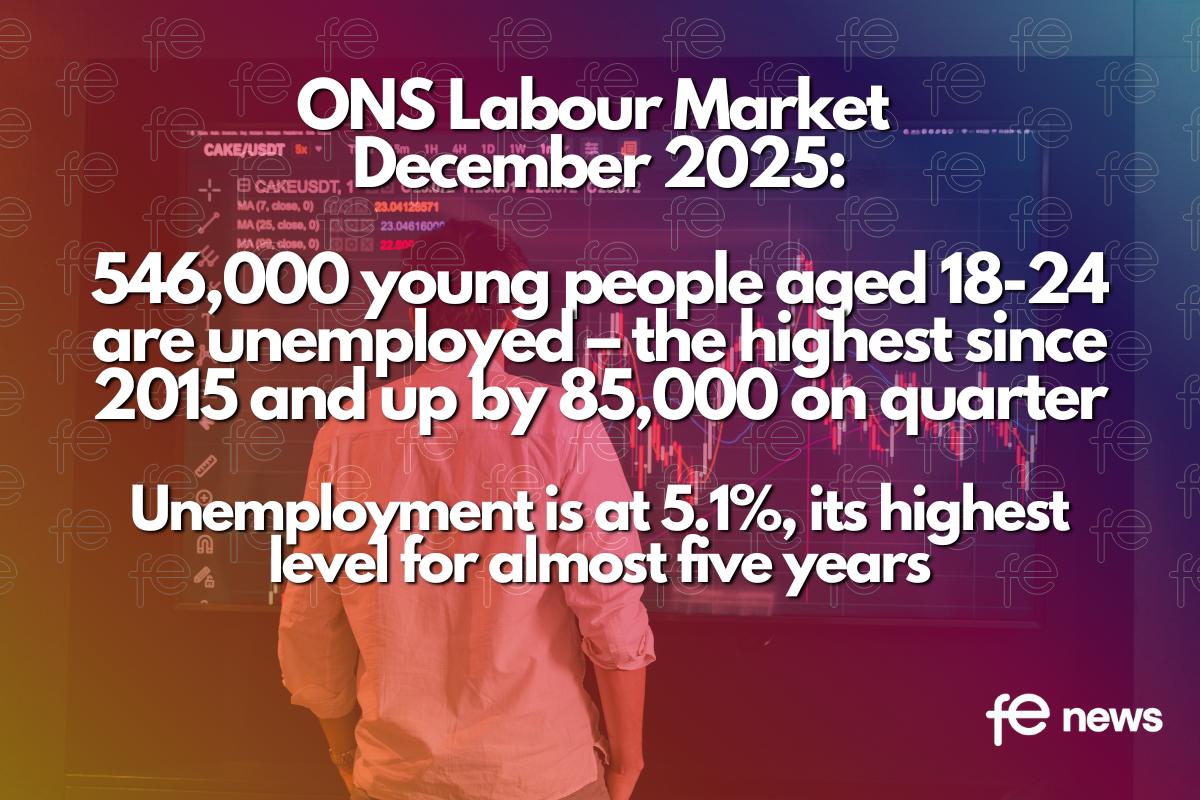Level 4-5 Technical Education and the 16-18 System

#Post16RevolutionaryReforms
In early July, the Education Secretary Gavin Williamson delivered a speech that provides a good indication of what to expect from the forthcoming post-16 white paper. The focus on skills was unsurprising and so too was the inevitable call for a “German-style” skills system. But some of the language used in the speech was striking.
While many would disagree with the Secretary of State’s assertion that “the purpose of education is to give people the skills they need to get a good and meaningful job” it certainly provides the authors of the white paper with a crystal-clear objective.
Too Many Full-Time Level 6 Degrees Chosen by 18-19 Year Olds
In order to meet this objective, it is equally clear that the government wants more young people to pursue further – rather than higher – education from age 18.
Fundamentally, policymakers believe that too many 18-19 year olds progress to university (shorthand for three-year, full-time, first degree courses at Level 6) and not enough progress to further education (shorthand for technical education at Level 4 and 5).
Uneven Rate of Progression from Level 3 to Level 6
One problem with this argument is that it overlooks the uneven rate of progression from Level 3 to Level 6 first degree courses. We know that 42% of young people in England progress to higher education by the age of 19. But this national average masks wide local variations – from 25% in Knowsley to 64% in Westminster.
We also know that just 19% of students from the state sector progress to the most selective universities compared to 56% of students from the independent sector.
It is worth remembering these figures when university-educated policymakers tell us that too many students are receiving a university education. And we should presumably expect take up of the government’s high status, technical alternatives to university to be just as high in Westminster (the London borough, but perhaps also the independent school) as it is in Knowsley.
Level 4-5 Technical Education – So what are these alternatives?
The government has already set out plans to boost the take-up and quality of technical education at Level 4 and 5. This is likely to be a key feature of the white paper and expanding the number of high quality, technical courses is quite rightly an important policy priority.
But it remains to be seen if creating a gleaming new suite of technical qualifications will be enough to increase the number of young people taking this path at the age of 18, rather than opting for a more traditional university experience.
The government is increasingly fond of highlighting the number of graduates in nongraduate jobs, or contrasting the average salary of graduates with those that pursued a technical path. But young people have voted with their feet in recent years and continue to progress to university in ever increasing numbers.
Is this because they have been let down by careers advisers, hoodwinked by slick HE marketing, or simply sleepwalked into university in the absence of a more appealing alternative?
For some students, one or more of these explanations will of course be accurate. But we really ought to give young people more credit.
Could it be that they looked at the university experience, saw that the graduate premium remains (albeit lower than it was) and made a rational choice to apply?
Could it be that they looked at the alternative options and decided that a Level 6 course at a university was preferable to a Level 4 or 5 course somewhere else?
Or could it be they believe that the purpose of education is far broader than getting a job, and decided to immerse themselves in education for three years to enjoy the many other non-financial benefits that a university experience provides?
Progression to What Type of Level 4-5 Technical Education?
There is little discussion about whether 18-19 year olds will be expected to progress to full-time or part-time Level 4-5 technical education courses.
With the latter, 18-19 year olds would need to be in employment – to earn a living – whilst studying parttime. Many employers, particularly in the current climate, may not be able to offer appropriate job opportunities that are compatible with part time study at Level 4-5.
Disconnect with 11-18 Education
The government’s ambitions for post-18 education are also largely disconnected from the wider education system. For example, the English Baccalaureate has led to a reduction in non-Ebacc enrolments at GCSE, including a sharp fall in Design and Technology.
Sixth form is a pivotal stage of education where young people can be set on the track to a higher level technical qualification. But only a small minority of students currently pursue a Level 3 technical qualification and the introduction of T levels is unlikely to see a significant increase any time soon (it is possible that the work placement requirement of T levels could even lead to a reduction in numbers).
A levels and applied general qualifications will continue to be the right choice for many aspiring technicians, and it is important that T levels complement, rather than replace, these well established qualifications.
The reality of revolutionary rebalancing
To secure the sort of revolutionary rebalancing from HE to FE that is likely to be a major feature of the white paper, policymakers would need to reduce the number of 18-19 year olds enrolling on three-year, full-time, Level 6 first degrees and increase the number of places on Level 4-5 higher technical courses.
The scale of this rebalancing would need to be very large, and it would have an enormous impact on the shape of 16-18 education and the balance between enrolment on A levels relative to T levels.
Three Reforms for the White Paper
- First, the post-16 white paper should restate the benefits of a traditional full-time undergraduate university education to achieve Level 6 first degrees and allow enrolment to be determined by the choice of young people.
- Second, the white paper should prioritise the creation of higher technical education at Level 4-5. However, policymakers should note that 18-19 year-olds could well place a premium on two-year full-time degrees at Level 6 instead. These courses are at a higher level, are easier to find and access, and a job with an employer is not essential as it would be for 18-19 year-olds studying a technical course at Level 4-5 on a part time basis.
- And third, the white paper cannot propose a large-scale revolutionary reform of 18- 24 Level 4-6 education without describing the type of 11-18 system that will feed it. There is little point in revolutionising post-18 education if the paths to the promised land either do not exist or point in a different direction.
James Kewin, Sixth Form Colleges Association
‘Revolutionary Forces’In the immediate aftermath of the Covid-19 pandemic, it is easy to forget that there were wider revolutionary forces at work on the UK’s economy before the virus outbreak. Issues such as Brexit, the rise of automation in the workplace, longer working lives, and poor UK productivity have brought into even sharper focus, education and skills. NCFE and Campaign for Learning (CfL), published the first in the series of ‘Revolutionary Forces’ discussion papers on 6 July 2020. In this Revolutionary Forces series different perspectives and proposed reforms for the post-16 education and training system have been brought together in one pamphlet, from expert stakeholders, think-tanks and educational professionals. Building on the recommendations outlined in the first paper for flexible reforms that support economic and social renewal, this new paper, “Reforms for a Revolutionary Post-16 White Paper“, takes a deeper look at which areas need to be addressed. The authors are:
|











Responses